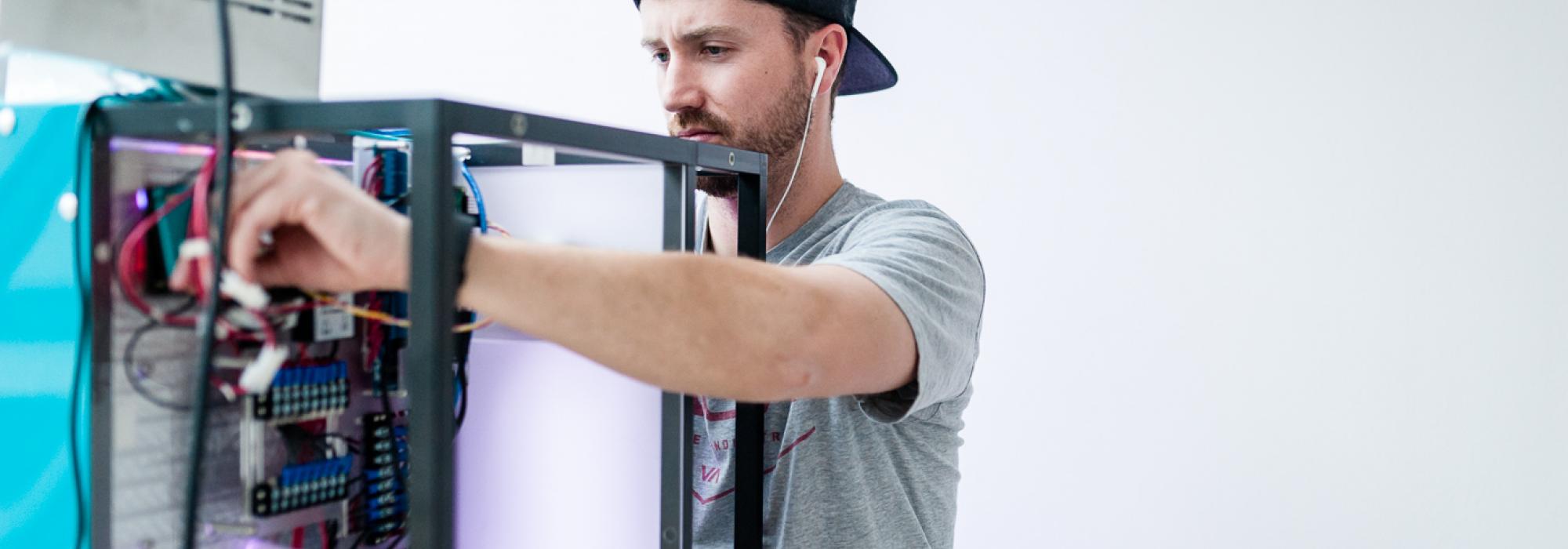Deep in the Jordanian desert you might be surprised to find a team of academics, computer scientists and humanitarians buzzing around washing-machine sized boxes, punching code into nearby laptops. In a country where a mere 10 percent of the land is suitable for cultivation, that’s exactly what you’ll find.
Early in 2017, WFP’s Innovation Accelerator teamed up with the Massachusetts Institute of Technology (MIT) Media Lab Open Agriculture Initiative (OpenAg) to send ten high-tech Food Computers to Jordan. It was an unconventional project with a very real ambition; to help design a healthy, next-generation food system that could provide nutritious food in the most extreme conditions.
The futuristic innovation was the latest in a long line of new ideas supported by WFP’s Innovation Accelerator that aims to provide new solutions to a global food system that faces long-standing challenges. A changing climate, weather shocks and emergencies are affecting where and how food is produced, the yield of harvests, and the overall nutritional value. When one considers the growing global population, it becomes clear that we need to move our thinking beyond age-old land, water and air inputs to ensure nobody goes hungry. As the Food and Agriculture Organization of the United Nations (FAO) points out, “meeting the goals of eradicating hunger and poverty by 2030, while addressing the threat of climate change, will require a profound transformation of food and agriculture systems worldwide.”



